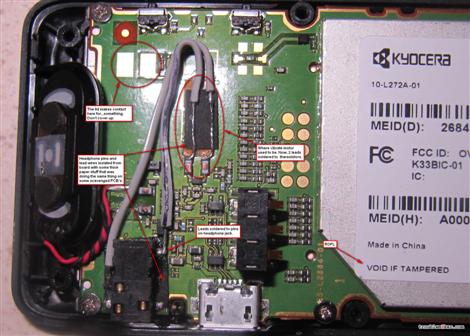
[Dave] Had been working on a cell phone activated remote start for his car for a while when we posted the GSM car starter. While both do carry out the same job, we feel that there is enough good information here to share. He’s gone a pretty simple way, by connecting the vibrator motor leads to a headphone jack. He’s using that signal to then activate the remote start by setting off an extra fob. Though it is amazingly simple, this version does have an advantage. As [Dave] points out, his cell phone has several features which could be utilized to automate some of his car starts. He can set alarms as well as recurring calendar events to get his car started without his interaction. Lets just hope he doesn’t forget and let his car run too long unattended, especially if it is in a garage attached to his house.















